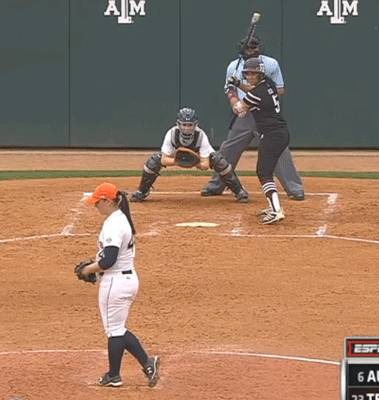- Oct 10, 2011
- 3,117
- 0
I've been watching for that also and they look like they start higher to begin with. Some of the college girls have their butt touching the ground at times.I took note of the catchers in an MLB game yesterday and their butt only moved up a few inches when there was a runner on base, nothing near as much as in Eric's picture.





